MUCEN, Lima
A review of MUCEN, the museum of Peru’s Central Bank but not a monetary or numismatic museum. Instead this is my pick of Lima’s museums for its overview of Peruvian arts and impressive interiors.


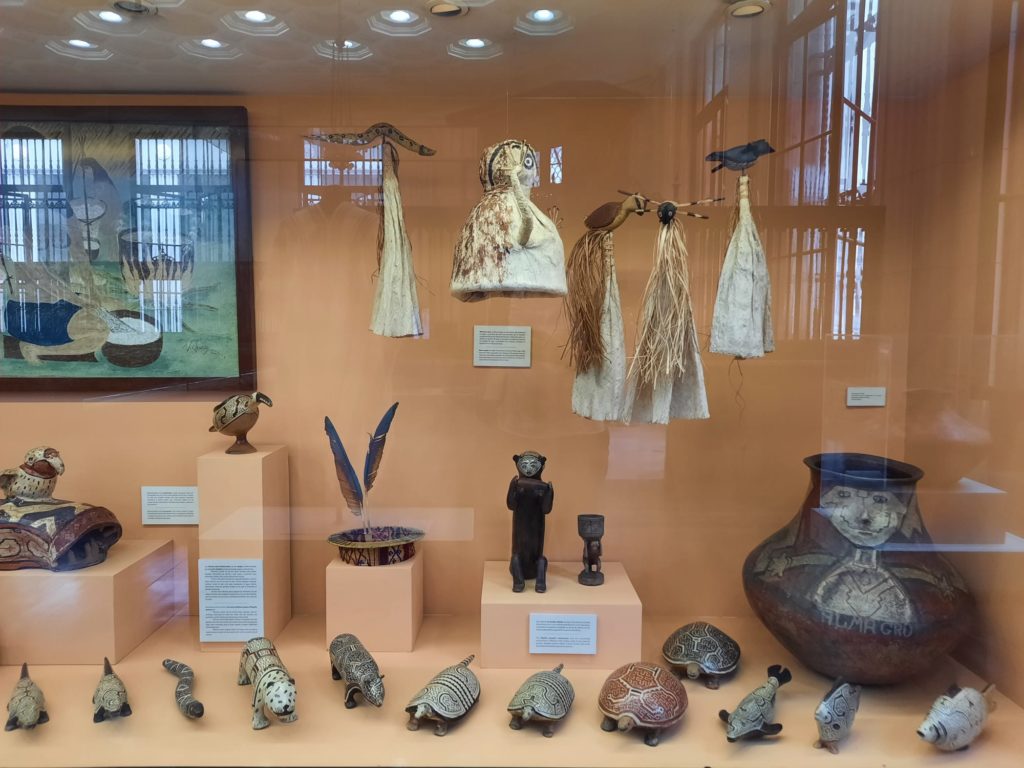
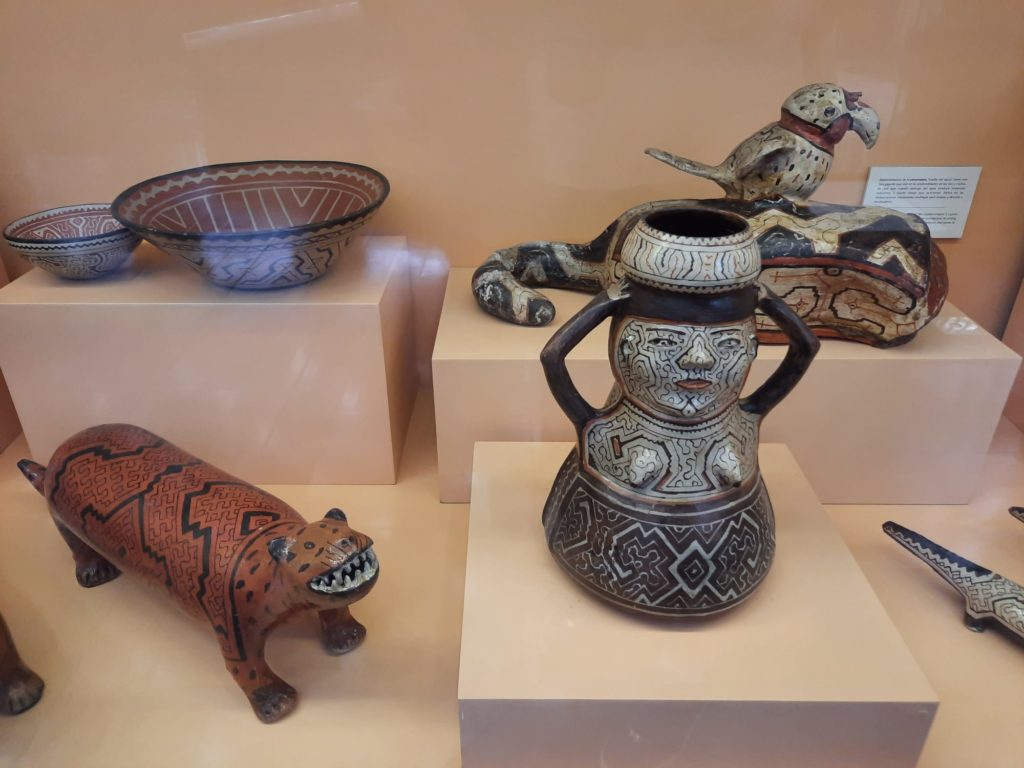
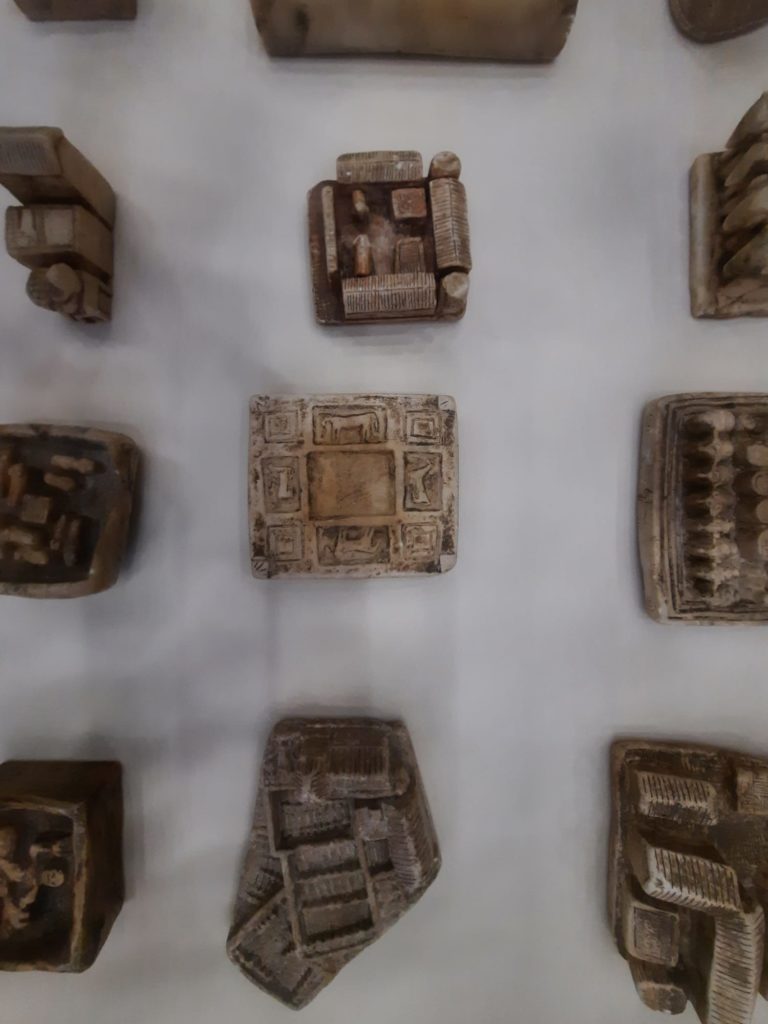
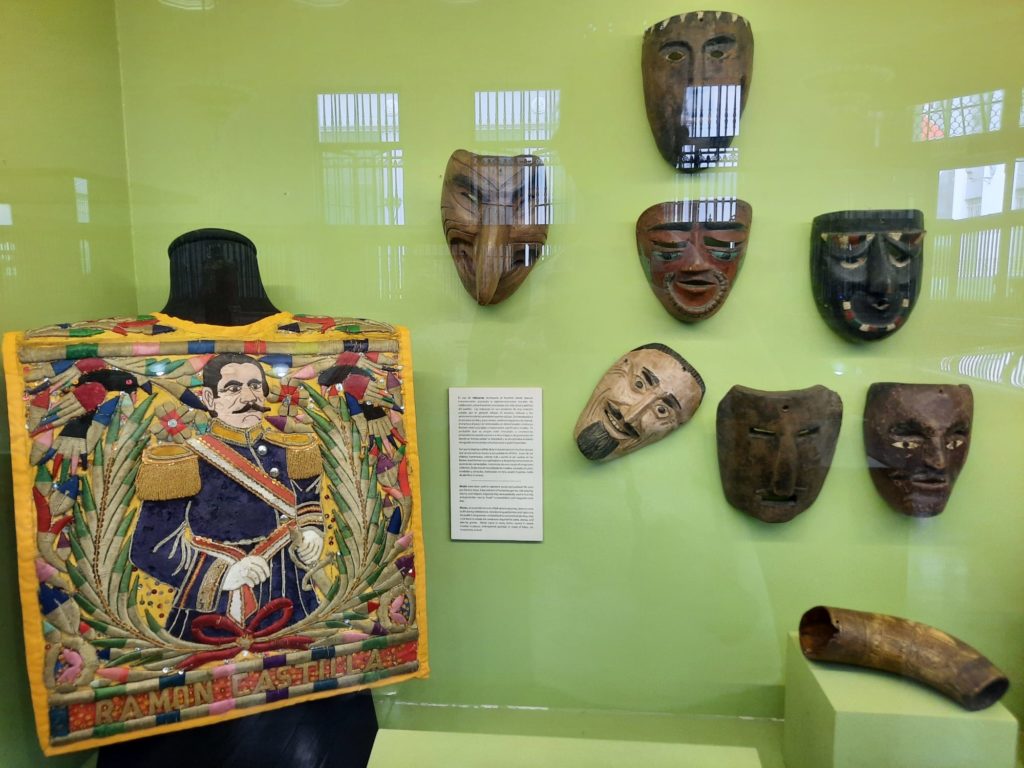
MUCEN
MUCEN. Short for Museo Central. This is in fact the museum of the Banco Central de Reserva del Perú (Central Reserve Bank of Peru). MUCEN was not on my radar at all before I visited Lima. Not in any guidebooks or any Top 10 lists online that I recall. It was only when I was waiting for an Uber across the street that I noticed the signs outside. I found it interesting that it seemed to be a bank museum but the banners had pre-Columbian ceramics on them, so did some research when I got back to the hotel. And it turns out that MUCEN is not a banking-themed museum at all, but is a nice capsule collection of pre-Columbian artefacts, folk art, and paintings/fine art.
Well it’s not entirely true that MUCEN is not a banking-themed museum. As well as the Lima site, MUCEN has at least four satellite locations, one of which is a numismatic museum. But it’s on the Lima one under discussion today. The museum’s website likens it to a tambo in the city centre, tambo being an Inca term for a resting point for travellers or messengers running long distance with important news or goods. The website also sets out MUCEN’s aim to display a representative sample of all periods of Peruvian art.
It’s an imposing building dating to 1922 (inaugurated in 1929), still very official and bank-looking, in the Centro Historico. This was Central Bank headquarters until 1979, and it seems the plan to turn the building into a museum was part of the move to new premises. Historian Carlos Rodríguez-Saavedra and architects Frederick Cooper, Antonio Graña and Eugenio Nicolini collaborated on the refurbishment. This was done very sympathetically – aside from removing some partitioning and stripping back the first floor to reveal a roof of steel beams, much of MUCEN still has its original appearance.
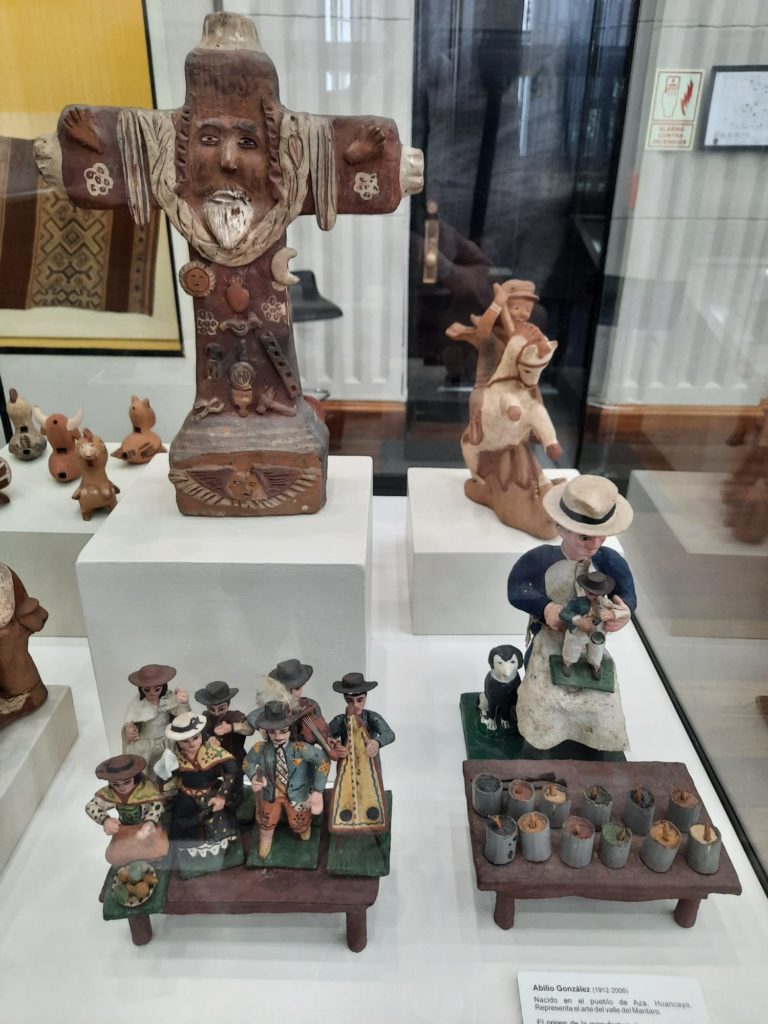
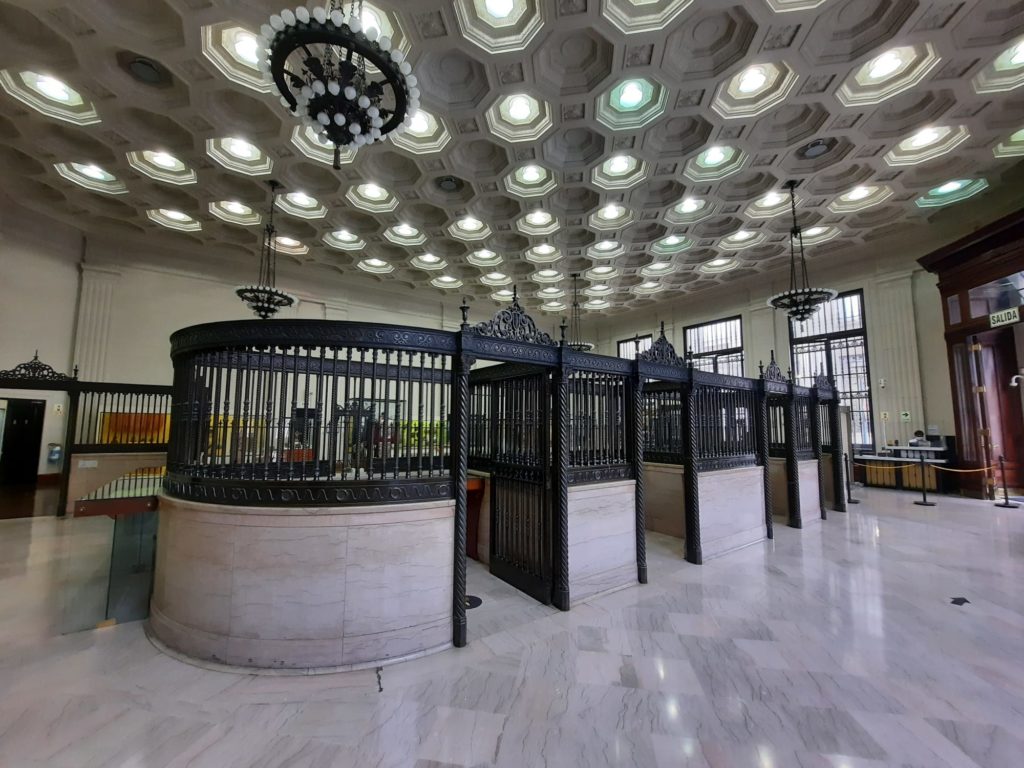


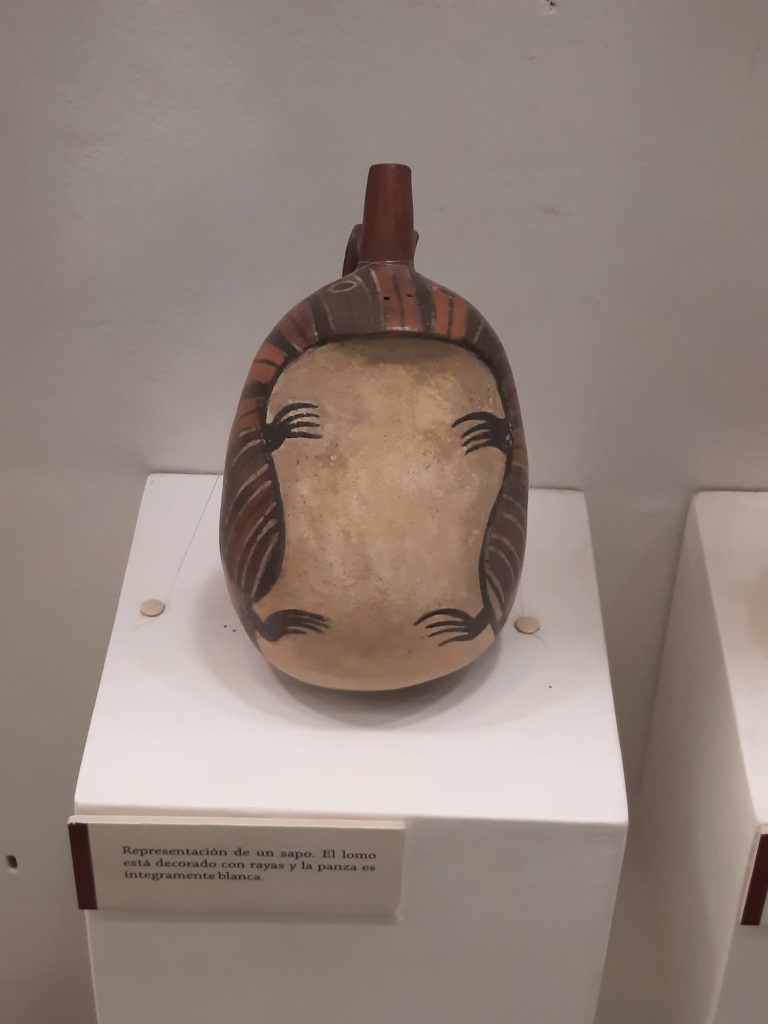
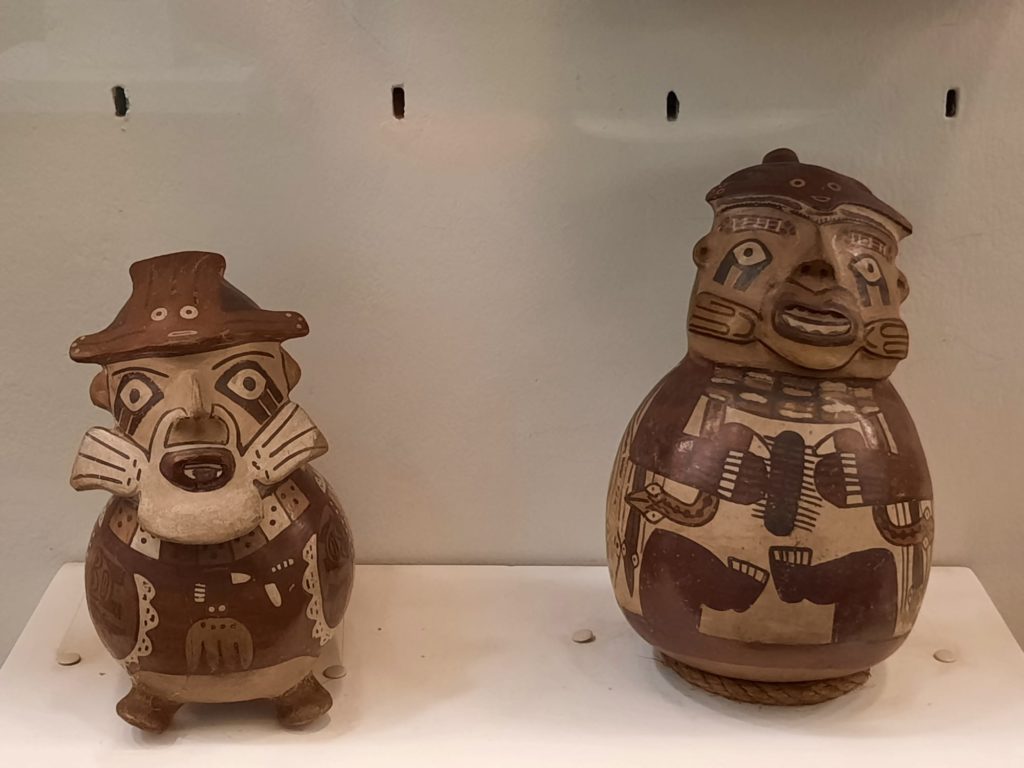
Is It A Museum? Is It A Bank? It’s MUCEN – It’s Both!
The early 20th Century bank interior is the first thing that strikes you as you enter MUCEN. Lots of marble, with metal grilles and counters where the tellers’ windows once were. I knew from that moment that this was going to be a museum I would love!
The different time periods in Peruvian art are split across different floors, but not like you might expect. On the ground floor as you enter you find the folk art, much of which is roughly 20th Century. It covers different regions within Peru, so you can take in vastly different traditions from the Andes and the Amazon, for instance. Then you can choose to head down to the basement (archaeological artefacts/pre-Columbian art) or up to the first floor for art from the Republican period onwards.
By far the coolest thing about MUCEN’s use of the space is that… wait for it… the gold artefacts are displayed inside the bank’s vault! I absolutely loved this detail – walking through the big thick door and investigating the objects inside, then peeking out the window that I presume was used to hand money in and out while keeping the safe closed. Whoever thought of using the safe for that purpose is a genius.
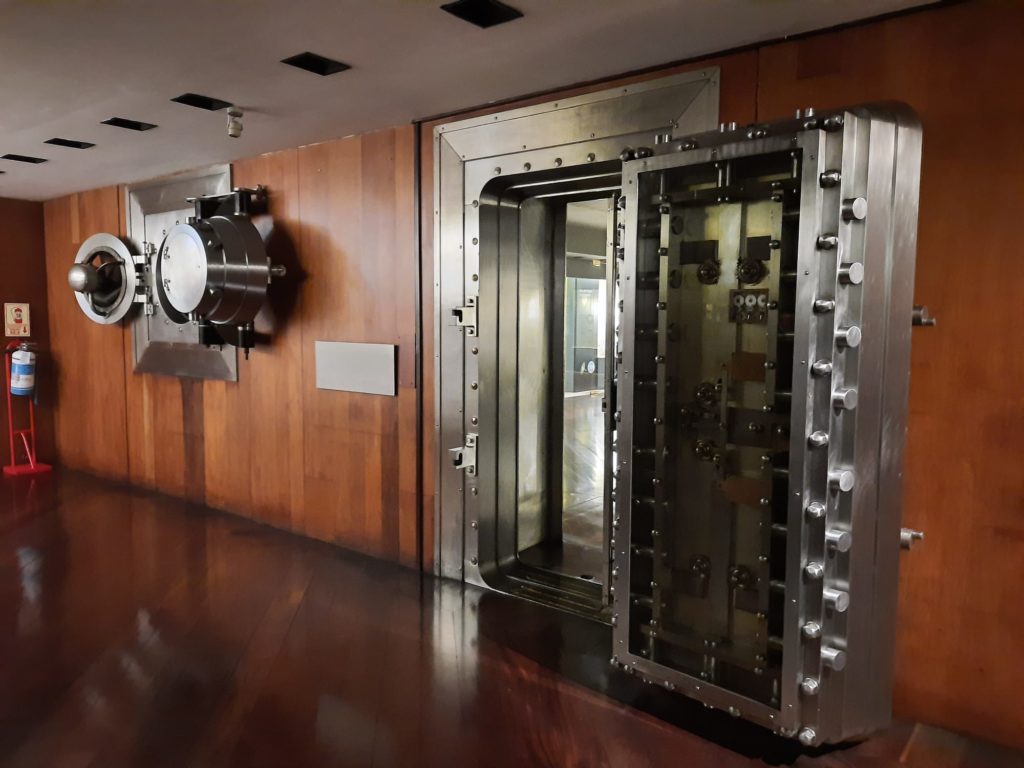

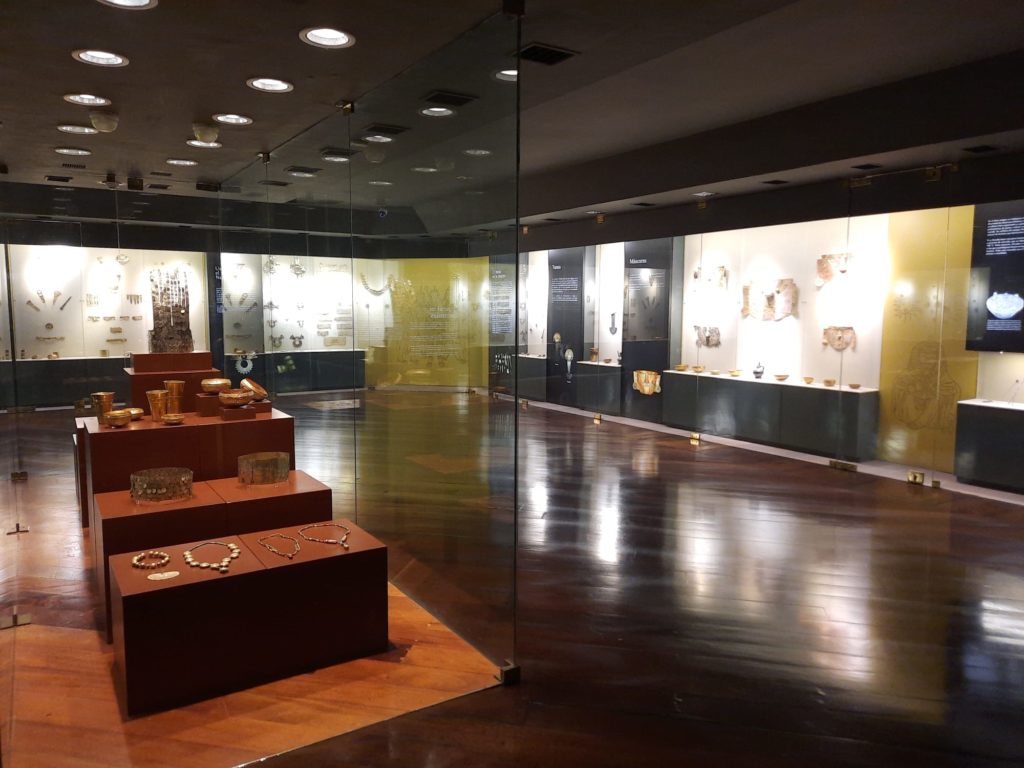
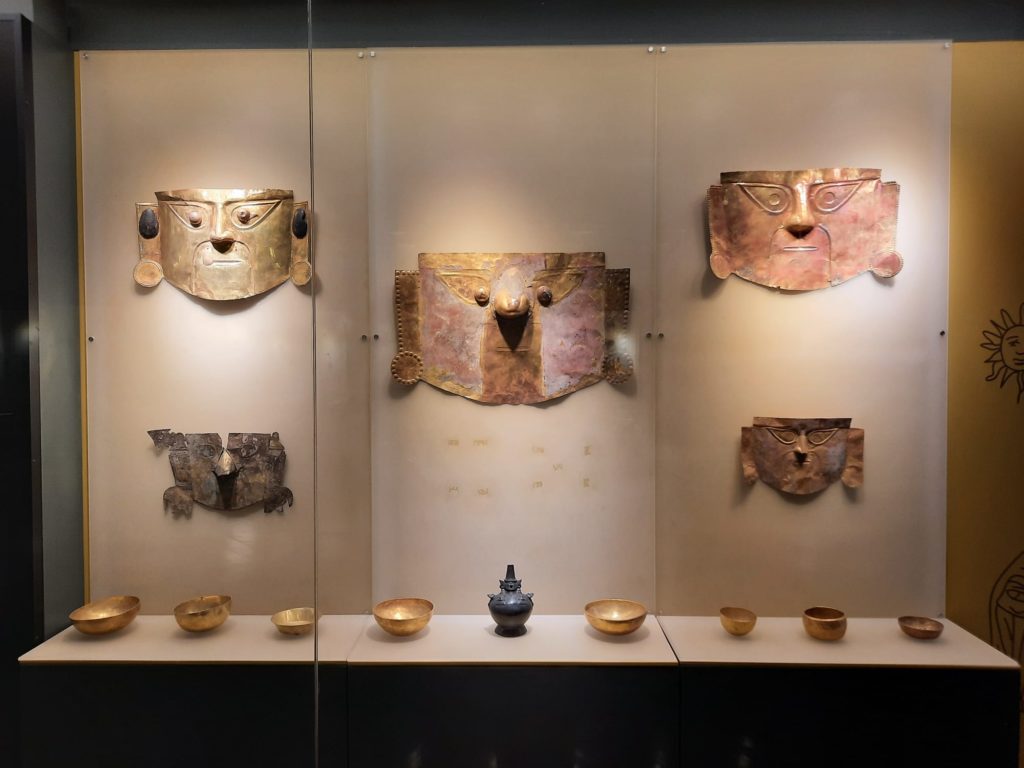
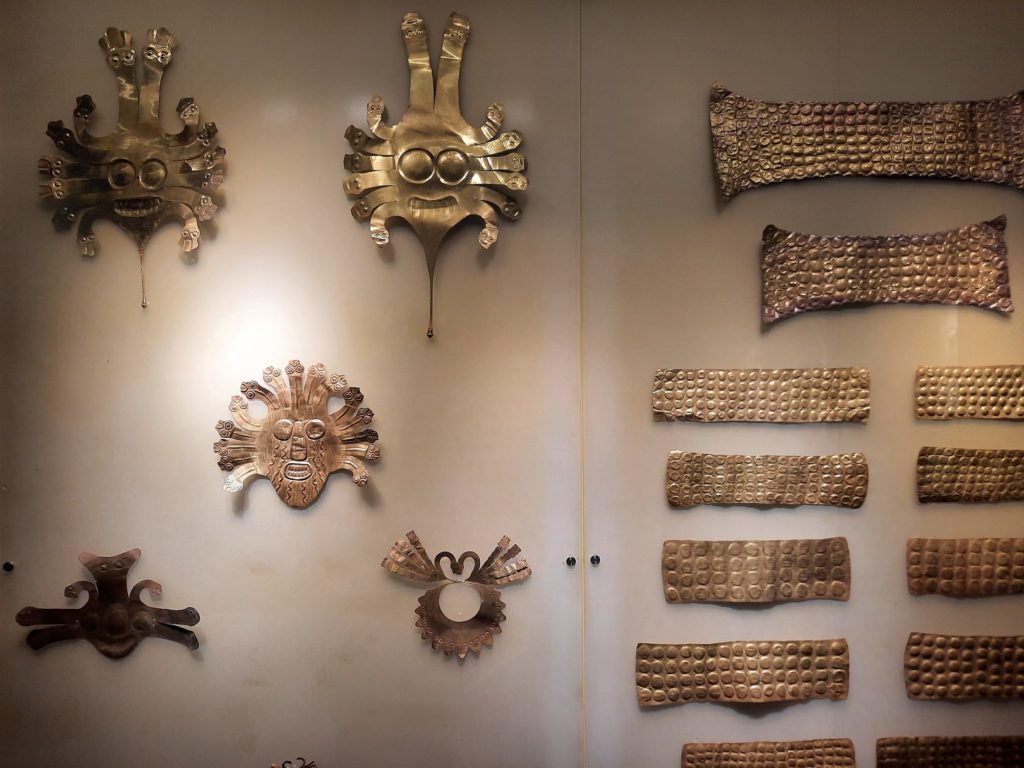
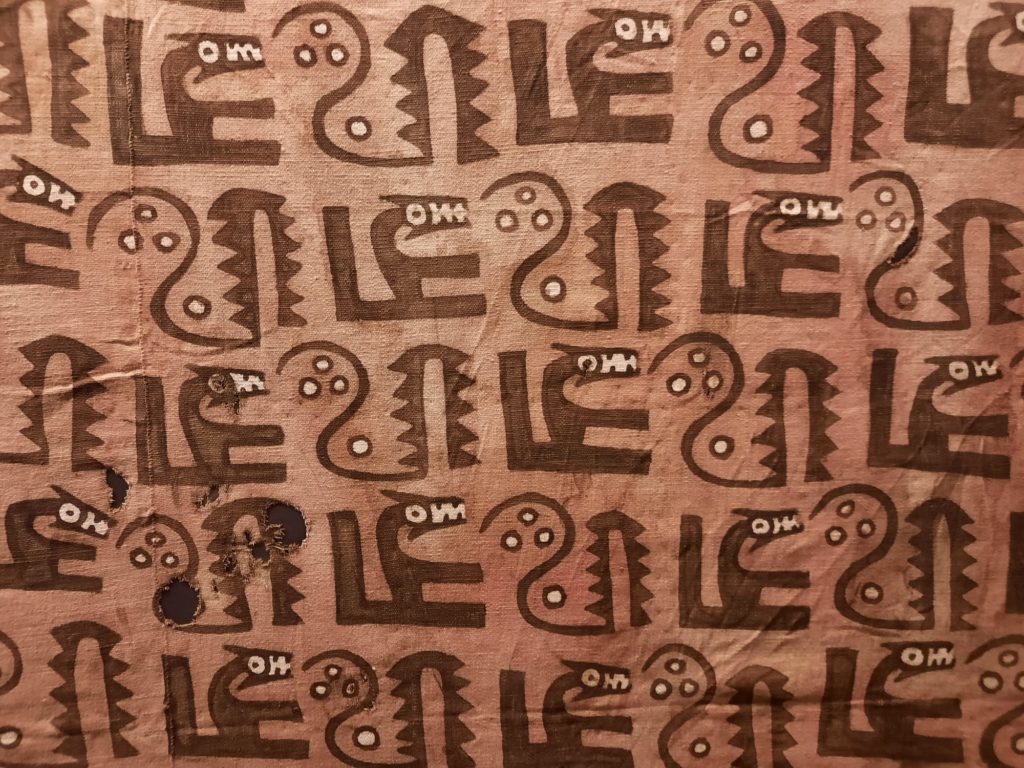
What’s On View?
So what can you see in this museum spanning Peruvian art history? I’ve already described the folk art a bit: a lot of religious objects and representations of local flora and fauna. There are ceramics, textiles, and mixed media objects. One of my highlights was an embroidered waistcoat kind of thing representing Ramón Castilla, a national hero and former president.
In the archaeological section, I of course enjoyed the Nazca ceramics. As I talked about here, this is my favourite Peruvian culture aesthetically. The metallic objects are very well presented, with information about different object types like sacrificial blades, objects for adornment or masks, as well as details on their production and their place in society. I was pleased to see some nice textiles as well, including a khipu/quipu which was a set of knotted strings which recorded important information.
And the first floor art collection was the only time whilst in Peru that I saw a dedicated display of Republican to 20th-Century art. Seeing nation-building through paintings, as well as the tension between foreign training and themes vs. indigenismo, was interesting. I particularly liked the prints of José Sabogal. For me it was one of those art museums (or art floors in this case) where the story the works tell is more exciting than the majority of the works themselves.
Finally, as you head back down to the ground floor to exit, there are small displays of historic coins on the client side of the former tellers’ windows. A bit of a numismatic museum after all, then.
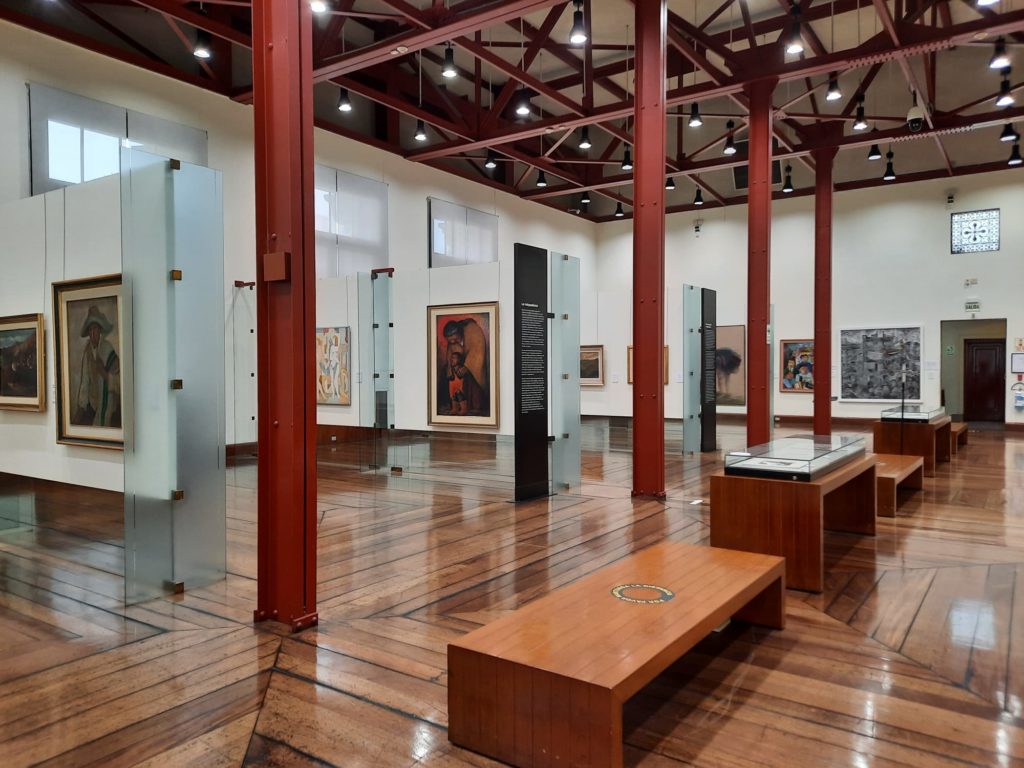

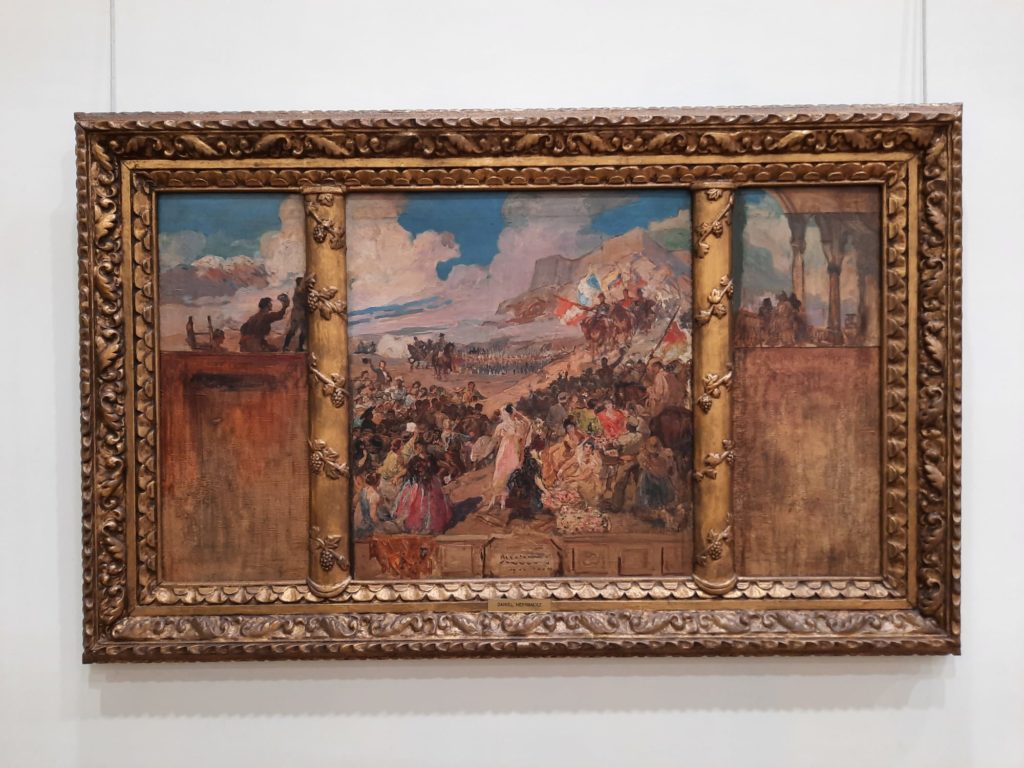
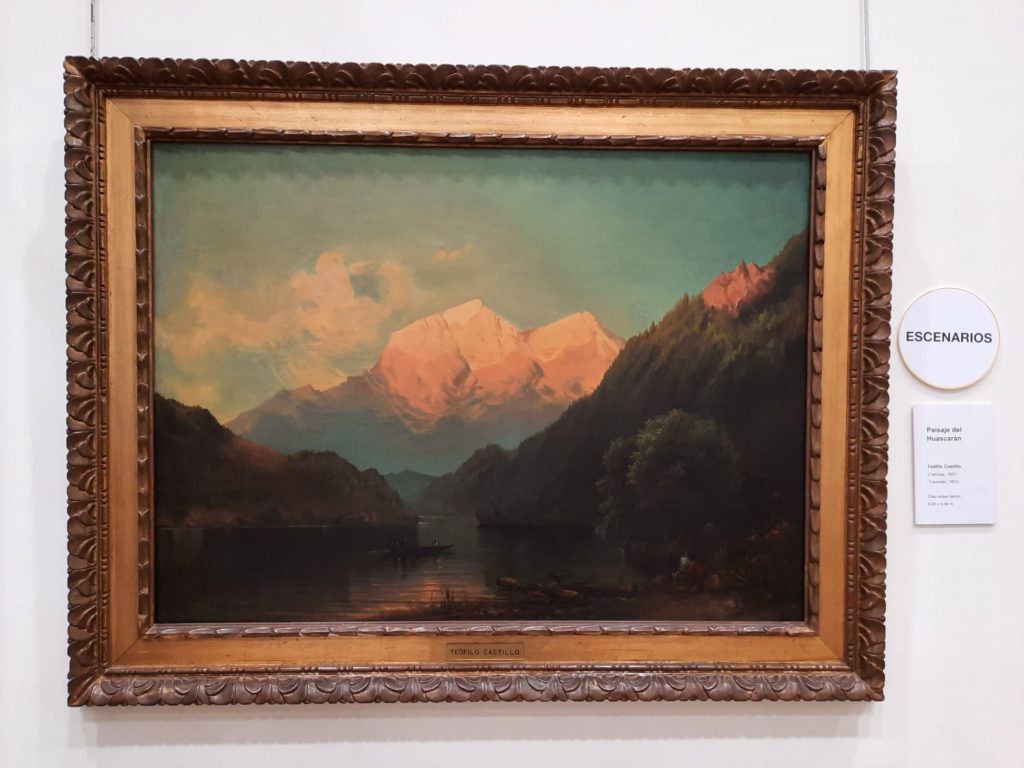
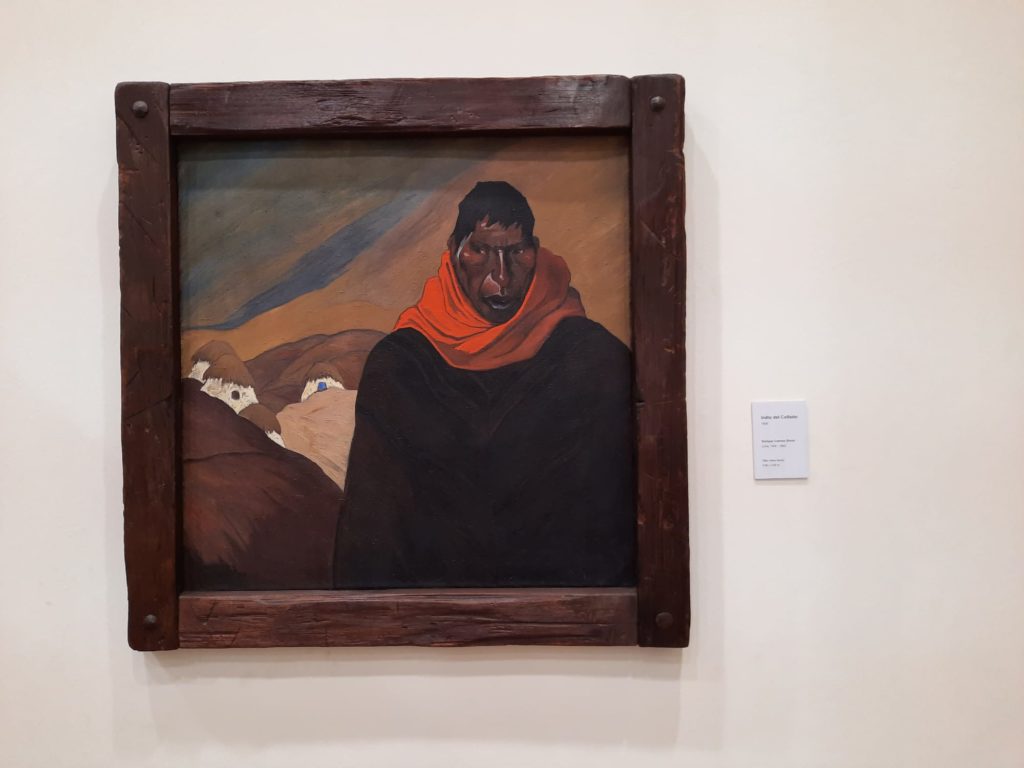

MUCEN – My Top Pick For Lima
I’m very glad I spotted this museum. And had a free morning before I flew out in which to make my way there. Of all the museums I saw in Lima, this was my favourite. And there are a few reasons for this which I will enumerate now!
- The setting. It’s completely unique – unexpected to have a museum that still looks so much like a bank; and unexpected to have a museum in a bank which isn’t about money. I loved the first floor glamour, and the safe full of gold.
- The size. MUCEN aims to cover all of Peruvian art history in only three (relatively small) floors. The effect of this is that it’s very manageable. You have a decent amount of folk art, a decent amount of pre-Columbian ceramics, and then a handful of paintings. Unless you’re a specialist you’re probably not looking much at the coins, so those are neither here nor there. If you’re not much of a museum person I think MUCEN is a perfect pick to get a sense of what you would see elsewhere without having to run all over Lima going to separate art and archaeology museums.
- It’s quiet. I visited early, so maybe this was just luck. But given that MUCEN doesn’t seem to be frequently mentioned in guidebooks, maybe the peaceful visitor experience that I had was the norm. I wasn’t the only person there by any means. But I didn’t feel hurried or crowded so it was all in all very pleasant.
- It’s free! You just have to reserve in advance. Who doesn’t love a free museum?
So given number 4 above – if you’re still not convinced by the other reasons then maybe just give it a try anyway! I found MUCEN to be impressive, engaging and memorable. Definitely my top pick amongst the Peruvian capital’s museums.
Salterton Arts Review’s rating: 4.5/5
If you see this after your page is loaded completely, leafletJS files are missing.

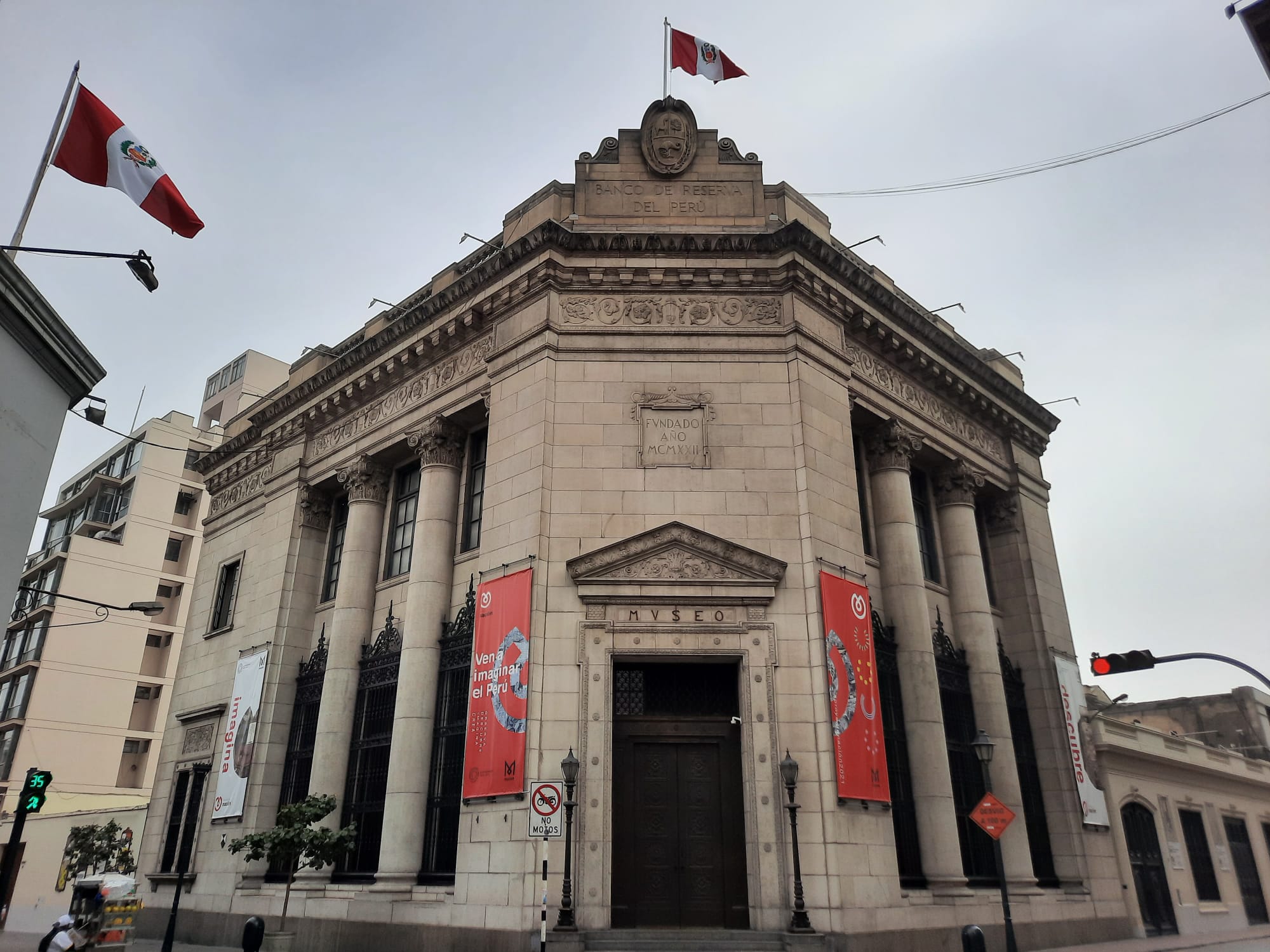
2 thoughts on “MUCEN, Lima”